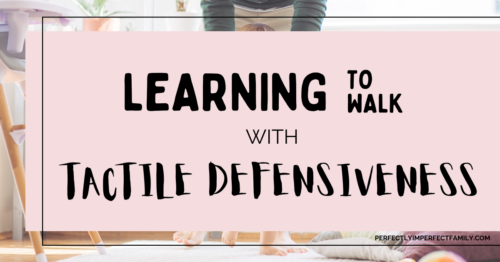Can a Teenager With ADHD Drive?
When my son, diagnosed with ADHD-Inattentive type, turned sixteen, I wondered if he could learn to drive. After a year of driving lessons, learner's permits, and overcoming his anxiety, he got his license. Though challenging, with patience and encouragement, I learned that teens with ADHD can indeed drive — it may take time, but it's possible.
Helping a Child with Tactile Defensiveness Overcome Eating Challenges
Tactile defensiveness can make mealtime challenging for children due to sensory sensitivities. With patience and a strategic approach, parents can help by creating a calm environment, gradually introducing new foods, and modifying textures. Consulting with occupational therapists can also provide valuable support in helping children develop a healthier relationship with food and overcome eating challenges.
Have You Ever Been Nervous About Starting Something New? I Am!
Starting this blog terrified me, but I finally decided to take the leap. I wanted to connect with a community of parents facing similar challenges, like ADHD, anxiety, and tactile defensiveness. I encourage others to push through their fears and try something new — you'll never know what you're capable of unless you take that first step!
Learning to Walk With Tactile Defensiveness
After our son’s tactile defensiveness diagnosis, we worked hard to help him learn to walk. Physical therapy, foot brushing, going barefoot on different textures, and using a walker were key steps. It took months, but eventually, he walked independently. Eating remains our biggest challenge, but we continue to work through it together.



